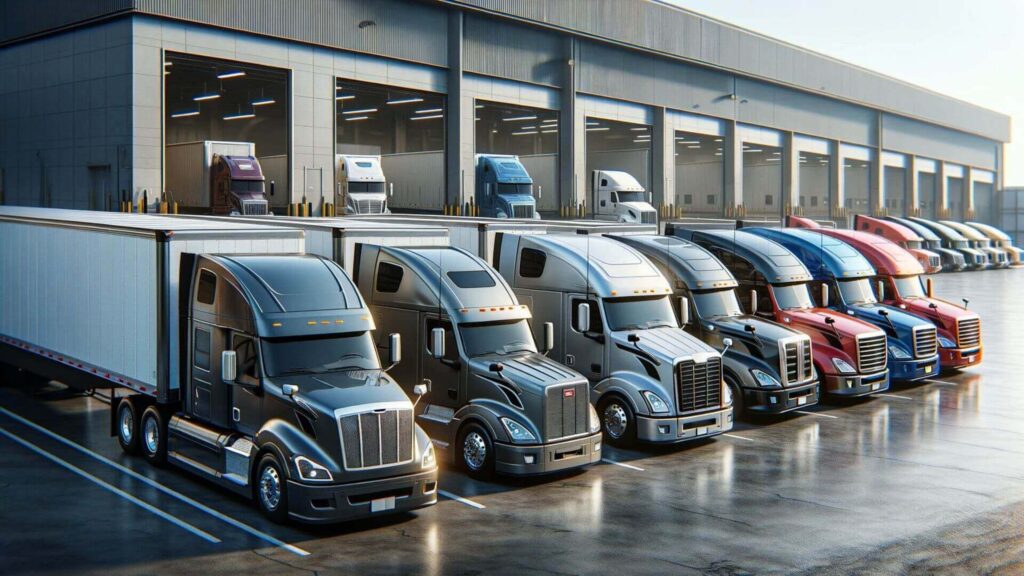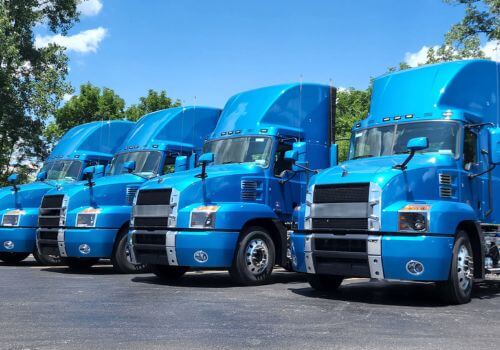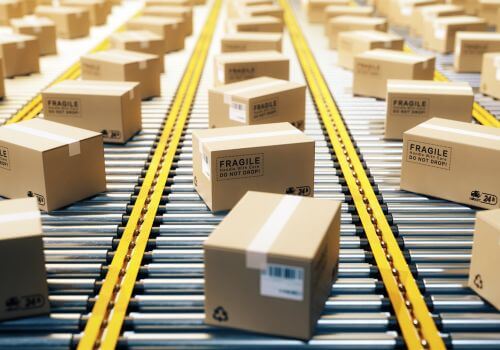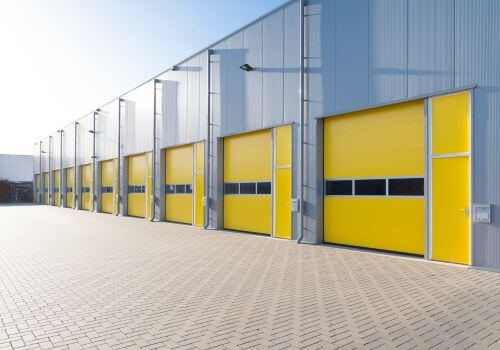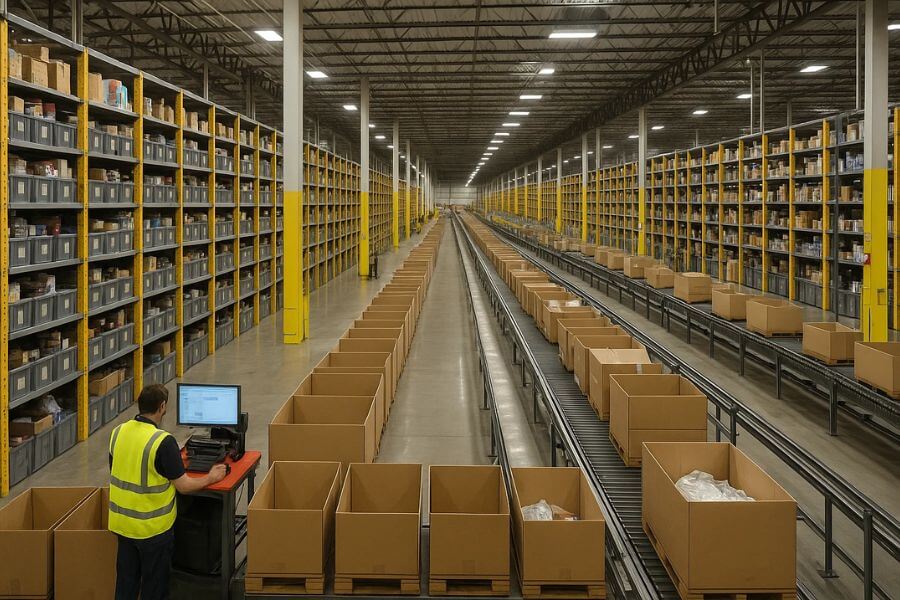Trucking companies are the backbone of logistics, moving materials from suppliers to manufacturers and delivering finished products from manufacturers to consumers. In the United States, more than 72.6% of the nation’s freight by weight relies on trucks for transportation. In 2024, the prospect of managing your own independent trucking fleet holds significant appeal.
This blog post is a practical guide for you if you’re considering this path, offering straightforward insights and essential tips for independent trucking fleet management and how to build one from scratch.
What is an Independent Trucking Fleet?
An independent trucking fleet, often referred to as a private fleet, is an in-house convoy of trucks owned and operated by a shipper. The primary purpose of this fleet is to transport the shipper’s own goods, facilitating the movement of products from manufacturing facilities to warehouses, stores, and ultimately to end customers.
According to the National Private Truck Council (NPTC) – a trade association focused on private motor carrier fleets – these fleets are typically operated by companies whose primary business is not trucking, such as those in manufacturing or retail. In the context of private fleets, the owning company generally possesses its own equipment, including tractors and trailers, and directly employs drivers.
Why Building an Independent Trucking Fleet is Beneficial
Building a successful trucking business comes with a range of benefits that can significantly impact the efficiency and success of your transportation operations.
Control Over Operations
Owning and operating your independent trucking fleet gives you direct control over your transportation operations. From selecting drivers to maintaining and managing the fleet’s logistics, you have the ability to tailor operations to meet the specific needs of your business.
Cost Management
With an independent fleet, you have greater control over costs. By owning your trucks and equipment, you can implement cost-saving measures in maintenance, fuel efficiency, and routing. This level of control can contribute to a more predictable and manageable budget.
Flexibility and Adaptability
Independent fleets offer flexibility to adapt quickly to changing business needs. Whether you’re expanding your operations, entering new markets, or adjusting to fluctuating demand, having your own fleet allows for nimble adjustments to meet evolving business requirements.
Job Opportunities and Industry Growth
Building your independent trucking fleet doesn’t just benefit your business – it’s a key driver of job creation and industry expansion. In the past year alone, employment in trucking-related roles has surged by 140,000, reaching a total of 7.95 million jobs. This figure covers diverse roles within the industry, with 3.6 million dedicated to professional driving.
With such a saturated market, it can be difficult to find a reliable trucking fleet for your business. That’s where Logos Logistics comes in – a trusted name in third-party logistics (3PL) providers. We offer a dependable option with enhanced flexibility, ensuring you can count on us to meet your transportation, warehousing, and order fulfillment needs and keep your customers satisfied.
How to Start an Independent Trucking Fleet
Ready to turn the key and launch your own trucking fleet in 2024? This simple guide is here to help you hit the road running. Here are the essential fleet management strategies for truck owners for 2024, covering everything from legalities to finding funding!
Step 1: Business Plan
Every successful journey begins with a roadmap, and starting your independent trucking fleet is no exception. Your business plan is the document where you map out your projected expenses, from the number of trucks you’ll kick off with to deciding whether to buy or lease these vehicles.
Factor in costs like insurance, maintenance, and the space needed to house your fleet. Don’t forget to include employee overhead – the costs associated with building and maintaining your team. Crucially, outline how long it will take for your fleet to turn a profit. Your business plan should also detail driver considerations, including how many you’ll need, where to find them, and whether you’ll hire directly or subcontract.
Step 2: Paperworks
As you venture into starting your trucking company, paperwork may seem like a daunting task. But here’s the good news – while it takes a bit of time, it’s surprisingly straightforward. Depending on your truck fleet operations in 2024, there are several key registrations to tackle:
- USDOT Number: Collects and monitors safety info, inspections, and crash investigations.
- Operating Authority: Dictates the type of operations your trucking company can run and the cargo it can carry.
- Heavy Vehicle Use Tax (Form 2290): An annual federal tax for trucks over 55,000 pounds, supporting highway programs and improvements.
- Unified Carrier Registration (UCR): Validates active insurance coverage within every state your trucking company operates.
- International Registration Plan (IRP): Permits your trucking company to operate in all U.S. states, the District of Columbia, and Canadian provinces.
- International Fuel Tax Agreement (IFTA): A reciprocal agreement simplifying fuel use reporting for carriers driving in multiple jurisdictions. Quarterly filings are required.
- BOC-3 Filing: A federal filing designating a process agent for legal proceedings. Required in each state where you have an office or contracts.
Step 3: Commercial Driver's License (CDL)
If you’re already behind the wheel of a truck, this step might be old news. But for those just joining the convoy, obtaining a commercial driver’s license is your next pit stop. Brace yourself – it’s a bit more challenging than your standard driver’s license, involving additional tests and regulations.
Here’s the breakdown:
- Written Test: Beyond the usual written exam, there are specialized tests for air brakes, trucks, and combination vehicles.
- Practical Tests: Get ready to demonstrate your skills with practical tests for air brakes, trucks, and combination vehicles.
- Health Physical: A crucial step involves passing a health physical test according to your state’s Department of Transportation standards.
- Driving Record Check: Your driving record will be scrutinized, ensuring you’re on the right track for safe and responsible driving.
- Background Check: A thorough background check ensures a clean slate and adds an extra layer of safety assurance.
Step 4: Decide to Buy or Lease
Choosing the right equipment is a crucial moment as your trucking business hits the road. First things first, think about your cargo needs – if it’s perishable items, consider a vehicle with a refrigerated compartment. Now, when it comes to getting your gear, decide whether it’s better to buy or lease based on your budget and plans. If you’re thinking about funding, explore those options to secure the right equipment.
Lastly, figure out your trailer requirements – whether you need regular, flatbed, car-hauling, or another type.
Step 5: Protect Your Fleet with Insurance
Whether you’re leasing or owning, your choice influences the insurance you’ll need for your fleet. Insurance plans vary, but to ensure comprehensive coverage beyond the basics, consider the following:
- Non-Trucking Liability Insurance: Covers the driver when not actively working for the motor carrier.
- Physical Damage Coverage: Steps in during collisions to cover the repair costs for your truck.
- Motor Truck Cargo Coverage: Protects the goods you’re hauling in case of collisions or theft.
- Lease Gap Coverage: If your vehicle is totaled, this coverage kicks in to bridge the gap if the vehicle’s value is less than what’s owed on the payment.
Step 6: Stay Legal, Stay Safe
Running a successful trucking business involves meticulous attention to time-sensitive filing requirements and a commitment to safety. Here’s how to ensure compliance:
- Stay on top of time-sensitive filing requirements, from quarterly IFTA tax returns to multi-year CDL renewals.
- Navigate federal, state, and local regulations covering noise emissions, registration fees, insurance, receipts, and bills. Be mindful of environmental concerns like anti-idling, greenhouse gas, and emission reduction regulations at various levels.
- Small truck business owners often grapple with compliance costs that may exceed their benefits. Overcoming this challenge requires strategic management.
- Ensure compliance with federal laws to prevent driver burnout. The U.S. Department of Transportation mandates a 30-minute rest during an eight-hour shift, limiting driving time to 11 hours per day (capped at 14 hours), and a weekly total not exceeding 80 hours, with provisions for extended hours after 34 consecutive hours of rest.
5 Tips for Managing Your Trucking Fleet Efficiently
Efficient fleet management is vital for businesses relying on truck fleets. It not only ensures smooth and effective vehicle operations but also reduces costs and enhances safety. Here are five fleet management strategies for truck owners in 2024 to handle your trucking fleet efficiently:
GPS Tracking Software
Employ GPS tracking to manage your fleet in real-time. This technology ensures drivers take optimal routes, boosting efficiency. Monitoring driver movements enhances productivity, and the data collected can be used for performance discussions. Fleet tracking software also provides custom alerts, monitoring driving behaviors and detecting any tampering with the GPS system.
Asset and Fuel Management
Successful fleet management depends on proactive asset and fuel management. Regular maintenance and fuel efficiency monitoring prevent unplanned breakdowns and repairs, saving significant costs. Fleet managers should assess the lifecycle of vehicles before adding new ones, considering the overall cost savings in maintenance, fuel, and operating expenses.
Optimized Route Planning
Prioritize efficient route planning for long-term success. Whether dealing with fixed or dynamic routes, meticulous consideration of factors such as mileage, travel time, and fuel consumption is paramount. Optimized routes, combined with real-time tracking technology, not only decrease fuel costs but also ensure the timely completion of jobs.
Fuel Monitoring
Given the rising fuel prices, monitoring fuel costs and consumption is vital. Effective fleet managers stay on top of when, where, and how much their vehicles refuel. This information helps identify patterns and discrepancies, allowing for course corrections to optimize bottom lines.
Geofence Alerts
Integrate geofencing to establish parameters for each fleet, defining specific delivery zones. Dispatchers receive instant alerts if drivers deviate from these assigned zones. Geofencing operates seamlessly through various mediums like Wi-Fi, cellular data, GPS, and RFID, providing an additional layer of control and awareness for efficient fleet management.
Conclusion
In the world of independent trucking, 2024 brings both challenges and opportunities. Building and managing your fleet requires a blend of simplicity and strategic thinking. We’ve covered the basics – from understanding what defines an independent trucking fleet to practical tips for efficient management.
By adopting these straightforward strategies, you’re not just managing trucks; you’re steering a resilient, cost-effective, and safety-focused fleet, ready for the road ahead. Take the next step with Logos Logistics – your partner in reliable 3PL solutions spanning logistics, warehousing, order fulfillment, and freight brokerage. Whether you’re starting fresh or seeking to optimize your supply chain operations, connect with us today so your road ahead is smooth, efficient, and successful.

